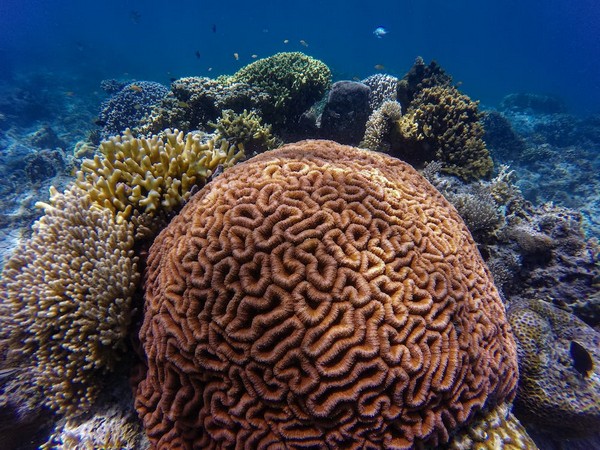
'Black Oxygen' Discovered at the Bottom of the Pacific Ocean
Jul 23, 2024
Mexico City [Mexico], July 23: For a long time, scientists believed that only living organisms such as plants and seaweed were endowed with the ability to produce oxygen through photosynthesis, which requires sunlight.
However, at a depth of 4,000 meters below sea level in the Pacific Ocean, where no sunlight can reach, tiny ore particles were first discovered capable of producing what is known as black oxygen.
The discovery was made in the Clarion-Clipperton Zone (CCZ), a seafloor plain stretching from Hawaii to Mexico, where mining companies have begun to mine the mysterious tiny ore particles.
These ore particles, often referred to as "battery rocks," are rich in metals such as cobalt, nickel, copper, and manganese, and are commonly used in batteries, telephones, wind turbines, and solar panels.
An international team of scientists has sent a small robotic vessel to the CCZ to investigate whether mining activities there are affecting the biological communities that live at depths beyond the reach of sunlight.
"We are trying to measure the level of oxygen absorption on the sea floor," AFP quoted research team leader Andrew Sweetman of the Scottish Association for Marine Science (SAMS) as saying on July 23.
Instead, they observed the production of black oxygen here for the first time, and the source of the oxygen came from tiny mineral grains.
SAMS Director Nicholas Owens said this was one of the most exciting discoveries in marine science in recent times.
The discovery that oxygen was produced without photosynthesis is forcing humanity to rethink the evolutionary origins of complex life on Earth, according to a report published in the journal Nature Geoscience.
"The conventional view is that oxygen was first created about 3 billion years ago by ancient bacteria called cyanobacteria," said Owens. However, the new discovery suggests that life may have begun beyond land.
Source: Thanh Nien Newspaper






